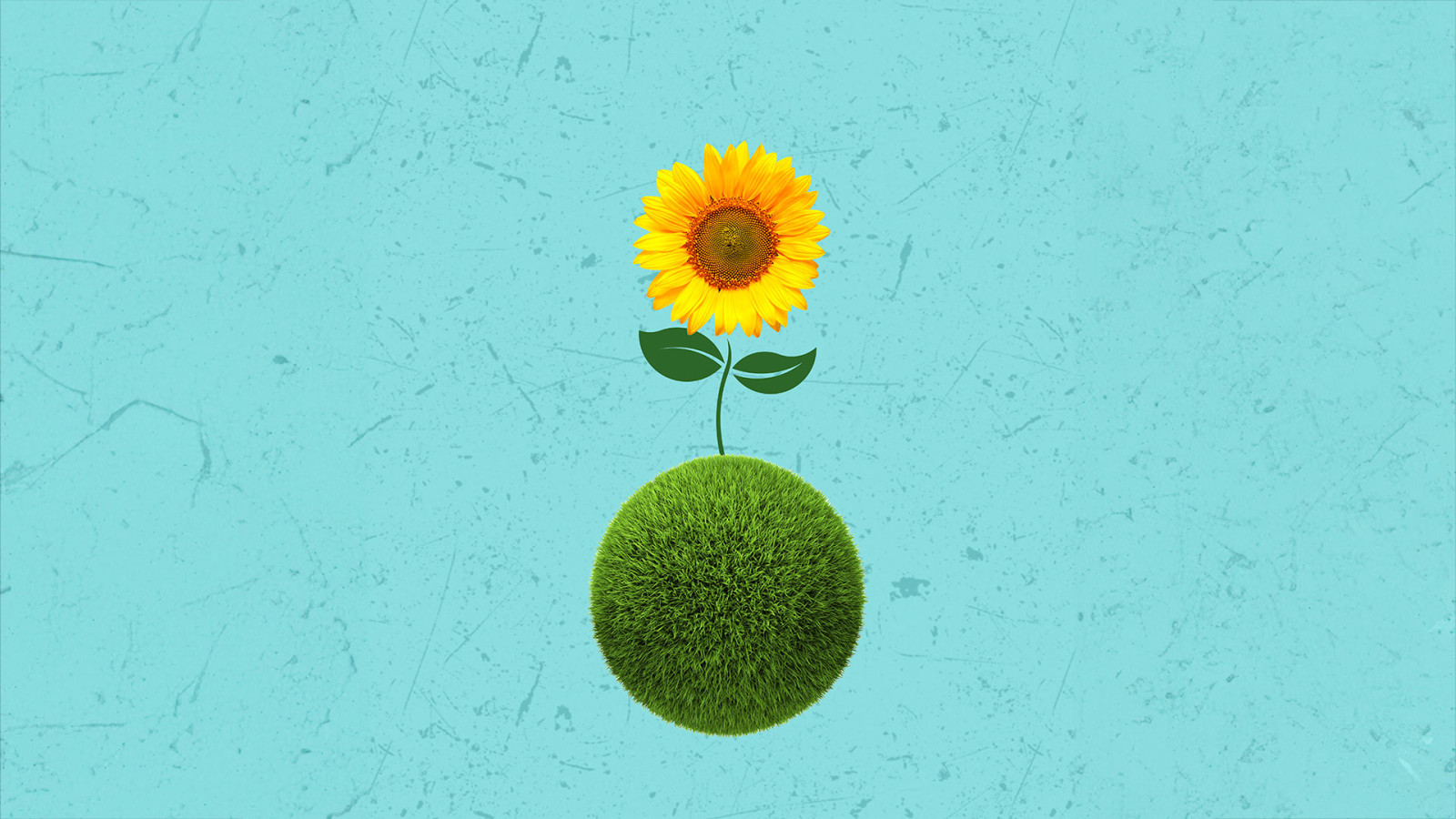Becoming net zero and a more sustainable business
Published Jun 03, 2024 – By Martin MacConnol

It's been a long journey, but we're delighted to announce that Wardour is now a net zero business. It's been a huge team effort to incorporate this into our strategy, and has included the publication of our TCFD report, and we're very grateful to our sustainability consultants Canbury who have supported us on our journey towards our sustainability goals.
In light of this milestone for the company, I've decided to share my thoughts on how and why – and why now – we've developed our own sustainable business strategy, and introduce you to our carbon offset projects.
Why did we decide to become net zero?
As a small agency, our emissions are – comparatively – small. But that doesn't remove our responsibility to implement sustainable business practices. Quite simply, we all have a responsibility to do our bit and, in our case, that means being a sustainable company and building this into our business model. More and more, we're supporting our clients in effectively communicating their sustainability efforts, and we didn't want to be one of those agencies who told our clients what to do without doing it ourselves. It was time to practice what we preached.
And while the primary reason we became net zero is because it's the right thing to do, there's a culture piece here too. The team at Wardour is very climate-conscious, and we believe that by becoming net zero and bettering our own sustainability credentials, we are improving our own company culture and employer value proposition.
What else are we doing to become a net zero company?
Prior to employing offsets, we have taken a proactive approach to decarbonising our activities. This includes using sustainable materials, engaging our building's landlord about the use of energy suppliers and providing facilities such as showers and bike racks to reduce emissions aligned with commuting. You can read more about how we're decarbonising in our TCFD report.
Introducing our carbon offsets
It is through enabling offsets that we can call ourselves a net zero business, but we recognise that offsets are not a long-term solution to tackling the climate crisis. Our goal is to continue to decarbonise our activities, but offsets provide the time needed to enable us to further decarbonise. We have partnered with climate action business OneTribe to identify and purchase our offsets, and have chosen two projects that will offset our carbon emissions.
The Mataven Jungle Indigenous Guardianship Project
The Unified Indigenous Reserve of the Mataven Jungle Project (Resguardo Indígena Unificado–Selva de Mataven) is an important initiative rooted in indigenous wisdom and sustainability. Situated amid the captivating landscapes of Colombia’s eastern high plains, this Indigenous Reservation serves as a vital bridge between the expansive savannas of the Orinoco and the dense forests of the Amazon. Within this ecological junction, a dedicated community works to establish an integrated management system, nurturing the land’s resilience and preserving its cultural heritage for future generations.
The project’s mission is to combat deforestation and degradation while adhering to the rigorous standards of the Verified Carbon Standard (VCS). Through inclusive processes, the project empowers local communities to protect their ecosystems and benefit from the services they provide. Together, they stand as guardians against environmental threats, ensuring the enduring vitality of the Mataven jungle.
Scaling regenerative agriculture in Europe to protect the climate and biodiversity
Regenerative agriculture projects go beyond reducing and removing CO₂ by fostering a thriving, diverse ecosystem. With the integration of regenerative methods like cover crops and flowering strips, farmers enrich biodiversity, both above and beneath the soil. This project supports farmers in Germany who want to protect and enhance life on their farms and contribute to the sustainable transformation of agriculture.
The project’s removal of CO₂ is generated from soil carbon sequestration through regenerative agriculture methods, such as improved crop rotations and organic fertilisation, as well as the avoidance of natural soil organic carbon depletion compared to a business-as-usual scenario. CO₂ reduction is generated by farmers actively reducing greenhouse gas emissions in agricultural field management through the implementation of more efficient practices. These practices include lowering nitrogen fertiliser usage, minimising pesticides, and adopting less intensive tillage.
Restoring the ancient Celtic rainforest in Cornwall
In addition to our offsets, we are supporting UK habitats with woodland creation. While this does not directly offset our emissions, it enables us to plan for the future.
In the South West of England, the woodland habitat is an extremely important resource for our native wildlife. The woodland boosts biodiversity, helps to sequester carbon and provides a place for communities to reconnect with nature.
This project is committed to restoring the ancient Celtic rainforest habitat across the South West of England, working in harmony with landowners and farmers to ensure the land is brought back into ecological balance without intruding on food-producing land. By reforesting, planting native trees and encouraging natural regeneration, the project is committed to establishing permanent, high-quality native woodland habitats and ensuring the project sites grow into thriving woodlands.
You can find out more about our offsets and reforestation activities on Wardour’s OneTribe impact page.
We have rebuilt our business model to include a stronger emphasis on corporate sustainability, including restructuring our governance model, and have set ambitious goals to halve emissions per employee by 2030.
What's next for Wardour?
We've always been clear that enabling carbon offsets and becoming a net zero business is the first step, not the last, on our journey towards becoming a more sustainable business and improving our sustainable practices. As we outline in our TCFD report, we will continue to reduce our carbon footprint and environmental impact. We have rebuilt our business model to include a stronger emphasis on corporate sustainability, including restructuring our governance model, and have set ambitious goals to halve emissions per employee by 2030. We are also looking at employing any future offsets within the UK, as this was something important to the team at Wardour.
We hope that by leading by example we can inspire other agencies, no matter how small, to decarbonise their activities and recognise that each one of us has a role to play in tackling the climate crisis.
In terms of our clients? Well, we feel like our values align with those of our clients more closely than ever. Having had first-hand experience of producing our own TCFD report and identifying and employing our own carbon offsets, we believe we're in an even stronger position to advise sustainable businesses about how to effectively communicate their sustainability practices, from their alignment with the sustainable development goals to sustainable investing, and everything in between.
Watch this space - this is just the beginning.
To request a copy of our TCFD report, please email hello@wardour.co.uk.
Related insights articles
Stay ahead of the curve
Sign up to our emails

